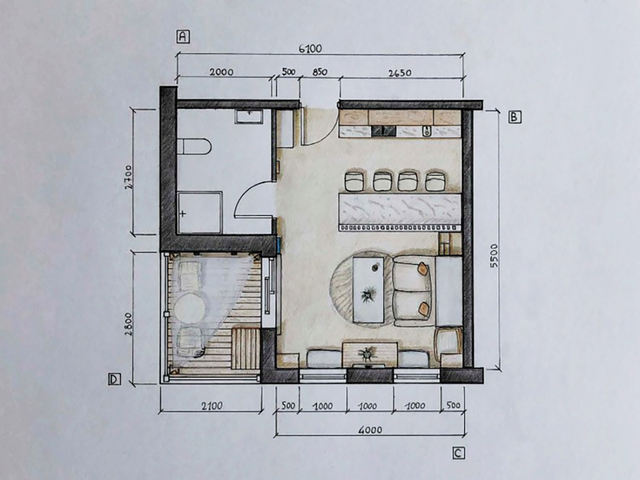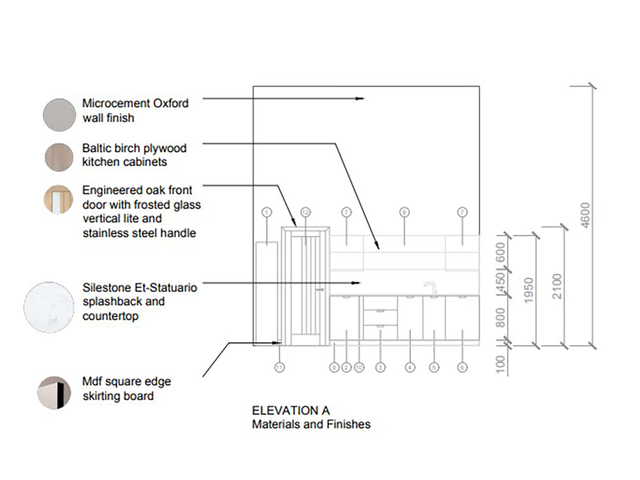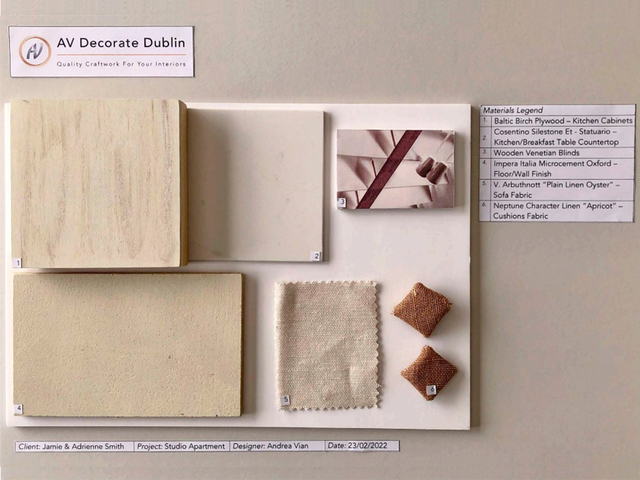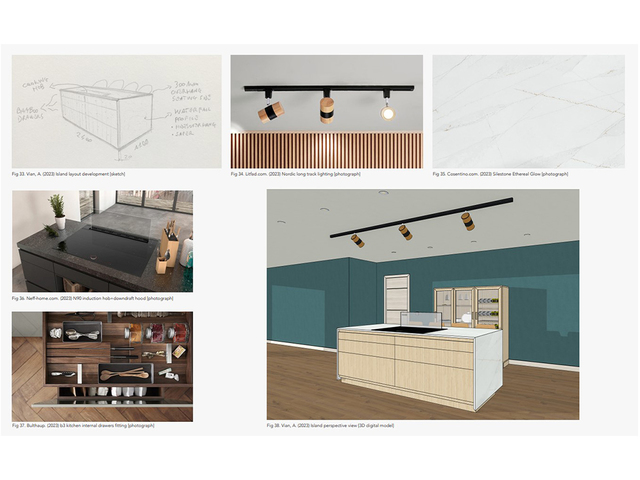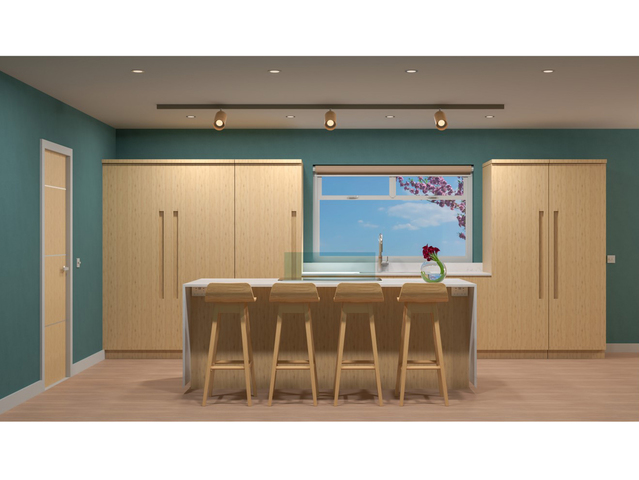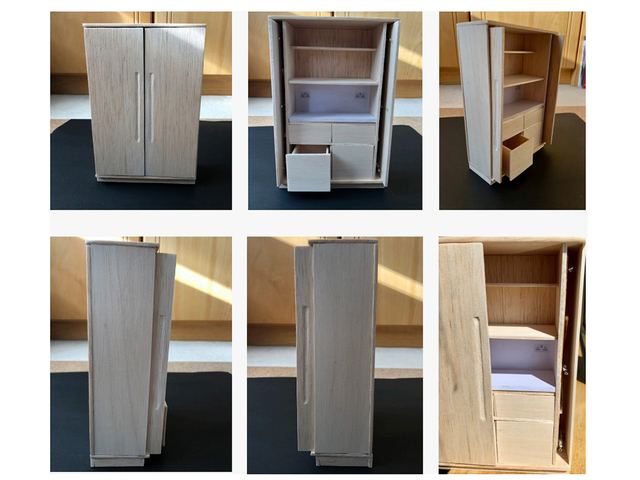Andrea Vian is a home-study student at the British Academy of Interior Design. By day he is a painter & decorator working full-time in a premium paint store, but recently his eyes have been opened to more than just aesthetics. As Andrea progresses through the course his passion for functionality and problem-solving is emerging as he evolves into a true interior designer. Let’s hear what he has to say about ‘never being too late’ to do what you love.
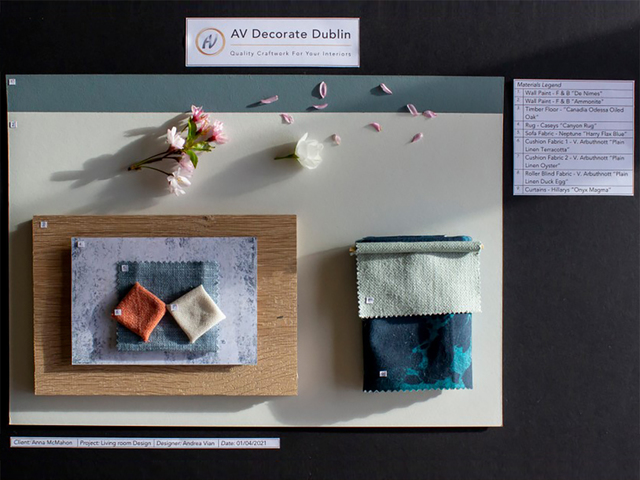
Q. Tell me a little about yourself. Where did you grow up and what were you like in school? Were you always interested in design and the arts for example?
I grew up in Verona in Italy. In school I was diligent but with a bit of mischief. I was always interested in how buildings work. I had a broad interest in art and design, and I liked to draw imaginary buildings where people lived their futuristic lives. I was particularly interested in how everyday objects are made and how they work.
Creativity was always in the background, but I never had that thing to spark me. It was my fiancée Megan, and my former employer Tom (in New Zealand) who encouraged me to pursue a higher education. When I enrolled in the academy, I found that spark and it felt like a second chance to achieve a higher education.
Q. If you could describe your personality in 3 words, what would they be?
Conscientious, determined, hard-working.
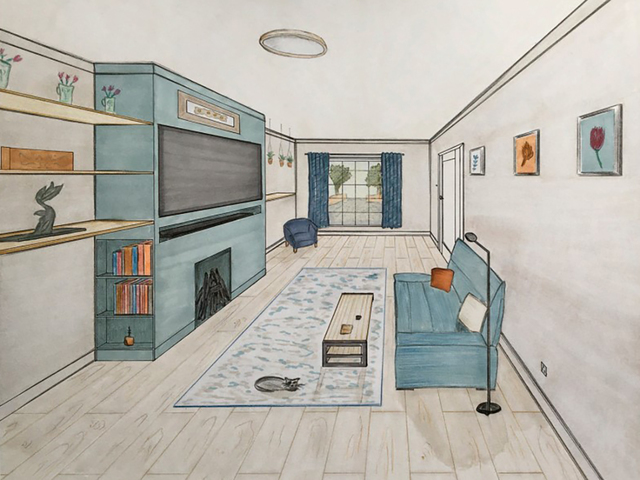
Q. What made you interested in interior design? Was it something you’ve always been interested in, or did it come to you later in life?
When I was a kid, I was playing hide and seek in construction sites, and I was always interested in building work. Later in life when I became a painter & decorator it really sparked my imagination. Seeing how people were living in their home and what didn’t work. The bits and pieces of information I picked up led me to start thinking of going back to study. Once I passed college age, I thought it was gone for me but it’s not true. It’s never too late to study and improve your education.
Q. When you were searching for an interior design course, why did you choose the British Academy of Interior Design (BAID)? What was it that made it stand out from other options?
I spent a few months doing research. I knew it was going to be Interior Design or maybe architecture, so I wanted to see what was out there. I needed to keep working full time and when I came across the home-study option, I attended a webinar from the academy. I attended other webinars for other institutions, but the BAID was really clear, professional and it felt down to earth. The goal for this course is to give students the minimum requirement to be in the profession so there are no false illusions. This was a key moment in the webinar and then the follow up communication was so clear. I never felt pressured to enrol and all the info was there. It felt like my calling.
Q. How are you finding a home-study experience? Had you already enrolled in a home-study course, or is this your first time?
When I lived in New Zealand I did a home-study painting & decorating course but the difference was I was improving a skill set I already practised. Interior Design was starting from the basics. The home-study option works so well for me because I need to work full time.
Q. Online courses, especially home-study, often require a high level of self-motivation. How do you stay motivated and engaged in your studies, especially when faced with challenging or time-consuming coursework?
It is very rewarding when you successfully achieve learning goals, and I can look and say this is my own work. At the beginning it feels like I have to climb a mountain but when I get to the top I can look down and the feeling of achievement keeps me motivated. I am also learning life skills like organising my work and managing time and resources.
Q. Can you identify a designer or style that you find particularly inspiring or influential in your work?
I am trying to choose from many designers and don’t want to focus on just one, particularly when I am starting out. I need to learn the basics before I can understand what professional designers are trying to communicate.
For now, I am inspired by minimalism and the warm feel of Scandinavian design. For me it’s minimalism for the functionality and living only with essential items. Before the style I like to focus on the approach. Ilse Crawford for example. I like how she emphasises the user and the space before she approaches the design development.
Q. In your practice do you prefer to explore more traditional techniques, such as maquettes, hand rendered drawings, or do you prefer exploring more recent technologies in computer software?
I like using the software because I want to be up to date with industry standards and the fast pace, but I really enjoyed assignment 5 where I created a maquette for a studio apartment. It was interesting to learn how the real materials in the apartment would work versus a maquette but I still consider the 'sketch on a paper napkin' the best tool to quickly communicate an idea.
Q. Which specialist area from Interior Design do you like the most (residential, commercial, furniture, etc…)? Is there a particular area you are keen to work in but have not yet had the chance?
Because I am studying residential, I would say that but more specifically kitchen and bathroom. I am drawn to the problem-solving aspect, and you always have to compromise on something in a home. Balancing aesthetic, functionality, and client’s expectation, this excites me. The last assignment on kitchen design inspired me. I like the challenge for a designer because we can’t just move walls. Efficient design interests me.
Q. Can you tell us about your favourite project to date? (Academic or non-academic)
The kitchen project. At the beginning it was daunting but overcoming each task and working out the requirements was also my favourite. It’s obviously a learning curve. My biggest mistake was overthinking and over complicating things.
Q. What do you believe to be your biggest strength in interior design and/or this course?
My resilience. I didn’t pass some assignments straight away, but I assessed what went wrong and figured out the place where I needed to go back and restart. Joana's feedback, and other tutors, was also essential to analyse the areas that needed to be improved plus where my work was of a good standard.
Q. Looking ahead, what are your career aspirations in interior design?
I want to keep focusing on the course for now. It’s exciting to think of what’s next but I still need to deliver on this course. I like creating 3D visuals and telling a story and looking at how people live and use spaces. I think I would like to work for a studio. I enjoy collaboration and I really like the feeling of teamwork.
Q. What is the biggest lesson you have learnt so far in your journey through this course?
It’s a broad learning curve but I would say I’ve learned many life skills. Time management and to be efficient and learning how to really focus on a difficult task and break it down to achievable goals.
Q. Any tips for fellow students who are interested in enrolling in this course?
Because it is self-taught, teach yourself how to manage your time and resources including physical resources.
Q. If you had an unlimited budget and no restraints whatsoever - what would be your dream project? It can be huge or tiny. What would you do without limitations?
I envision a fun but grounded project with affordable housing in a simplified living design that suits users. A building full of diversified design with studios for professional and larger spaces for families but with communal areas to connect with nature and with amenities. Basically, a small village to share with no need to drive or use transport.
Q. Is there an interior design style that you see around that you cannot stand? And similarly, have you seen new approaches and trends that you are obsessed with?
Sometimes I see an attempt of post modernism with no logic or consideration or who is using the spaces. I find that a bit egocentric. In general though, I can’t stand poorly designed layout. Families are living in houses that don’t suit a single person. It’s not even money, it’s a lack of consideration. I began to understand minimalism in New Zealand and now even more since I began studying. At first it feels like something is missing but the design is aesthetically pleasing and also based on essentials.
As his inner interior designer emerges, Andrea is continuing to learn and is finding great joy in overcoming design challenges. Now, every time he goes back to his beautiful home city of Verona, he says “I see it with a new eye, and a deeper appreciation for my city”.


